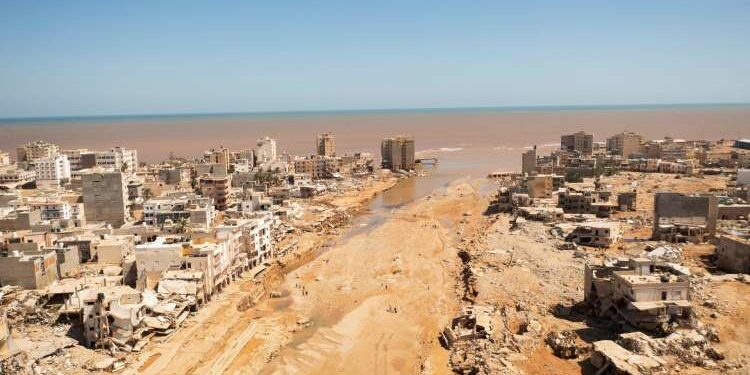A week after the devastating floods in the Libyan city of Derna which left thousands of deaths, the local emergency services, supported by foreign teams, actively seek, the bodies of thousands of other people who are still missing.
In the midst of the efforts of the rescue teams, under chaotic conditions, estimates on human losses vary strongly according to sources, ranging from more than 3,000 to more than 11,000. The latest official assessment, provided last Saturday by the Minister of Health of the Government based in the eastern country, Othman Abdeljalil, is 3,252 dead, but the UN warned that it could reach more than 11,000 dead.
Under the rubble of neighborhoods devastated by the waves or in the open sea, dozens of bodies have come out and buried every day in the middle of an apocalyptic landscape. According to residents, most of the victims have been buried under the mud or swept through the Mediterranean.
On the ground, the work of help has been hampered by political chaos that has reigned in the country since 2011: two governments, one in Tripoli (west), recognized by the UN, and the other in the east, compete for power.
International mobilization remains strong. Help planes continue to arrive at Benghazi Airport, the Eastern Big City, where rescue teams and assistance from international organizations and several countries are flocking.
The authorities have started the complicated process of identification and census of bodies, several hundred of which had been buried in the first days.
And faced with the large number of missing, the death toll varies considerably and remains difficult to confirm.
The Daniel storm had struck on September 10, a city of 100,000 inhabitants bordering the Mediterranean in the east of the country, causing the rupture of two dams upstream and causing a flood of a tsunami along the wadi that crosses the city. She won everything in her path.








